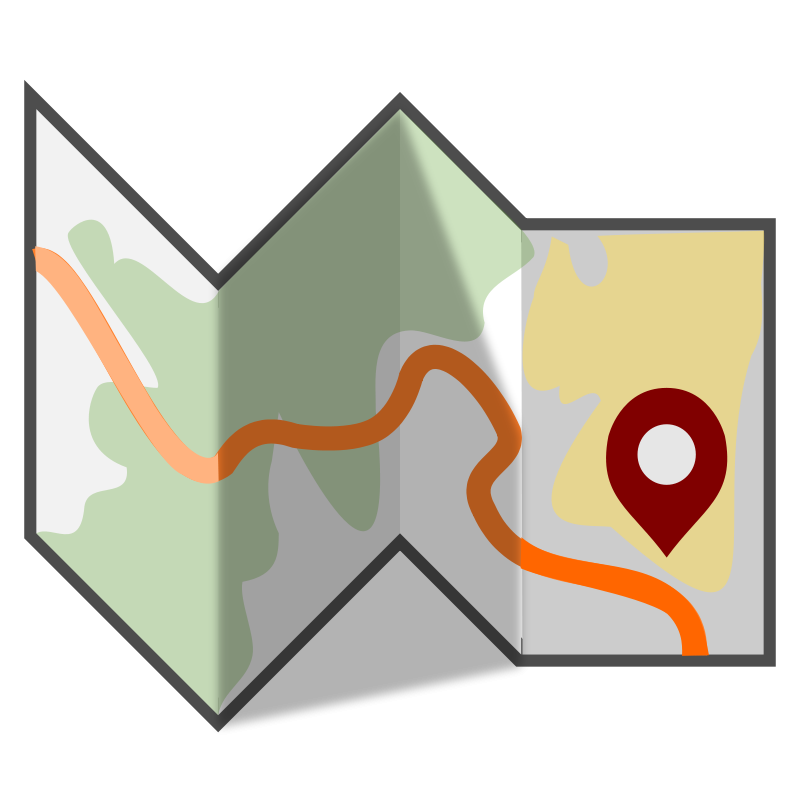Another school year comes to a close, and as I look back it amazes me how much has changed in one short year. Freshman year of college has been a huge transition for me and I have learned a lot not only in my writing and other classes, but a lot about myself.
**cue sentimental playlist**

Excuse the awkward photo, but here I am with the quarter on “heads”
My college journey started here, college t-shirt day. That morning I had two choices: Marquette or Boston University. I was torn between the two schools, so I had my dad flip a coin. Heads it was which meant Boston University. I was all ready to head out East, but as per usual, life is a bowl of cherries and you never know what you’re going to get. Plans changed, and after a long, complicated process, I ended up changing to my my original dream school, Santa Clara. I was excited, yet nervous for a new beginning on the opposite side of the country from my family.

Orientation with my dad wearing our lanyards like true freshmen
By the time orientation rolled around, I was still clinging to my family and my roots. I wanted to explore all the new opportunities ahead while also holding onto everything I had grown to love about home. At orientation I hit it off with one friend. I felt like I was a little out of the loop since everyone else had their group chats and mass Facebook friending spurts with their new college friends. I was afraid that I wouldn’t have enough friends and everyone else was ahead of me.

My dad and I hanging out in Chicago one last time before the big move out West
Back to the whole clinging to my roots thing, after orientation I was very nervous about leaving. I spent my last couple weeks at home enjoying all the things that I loved about my home town. I visited my favorite coffee shop, diner, and touristy spots. I made sure there was a one-last-visit for everything. Even though I was nervous, I was comforted by the fact that my new roommate would be that one friend I made during orientation. We didn’t request each other, but it was meant to be.

Car all packed up for a road trip from Chicago to Santa Clara
The day to leave finally came. After planning out my dorm and preparing all summer I was a little bit more excited to leave. Once everything was set up in my room and I hung out my roommate, I was content. Then it sunk in that my parents were leaving. I was bummed, and I will admit I cried a little bit as I waved goodbye. I remember as soon as they left I felt free. It was a weird feeling going to Benson and picking out a snack without asking my parents if I could buy it. I was on my own now.
Looking back, I can’t believe how much has changed. I have gotten a little too comfortable with this freedom and the thought of a summer at home with different rules is a little daunting. After getting involved in my sorority and the rowing team, I have truly found my place on this campus. I am no longer the scared freshman that didn’t want to leave home. I have connected with people who have helped me get to where I am today in just a short timespan. I have also learned many valuable lessons in my CTW class that have helped me become a better writer. I am looking forward to continuing to grow as a Bronco, academically and as a person, and I can’t wait to see what sophomore year has in store.

New friends on the rowing team


















